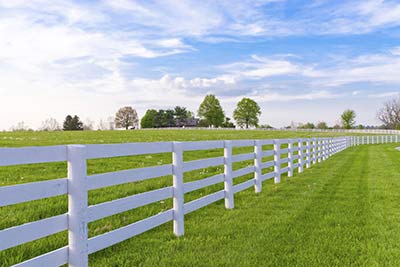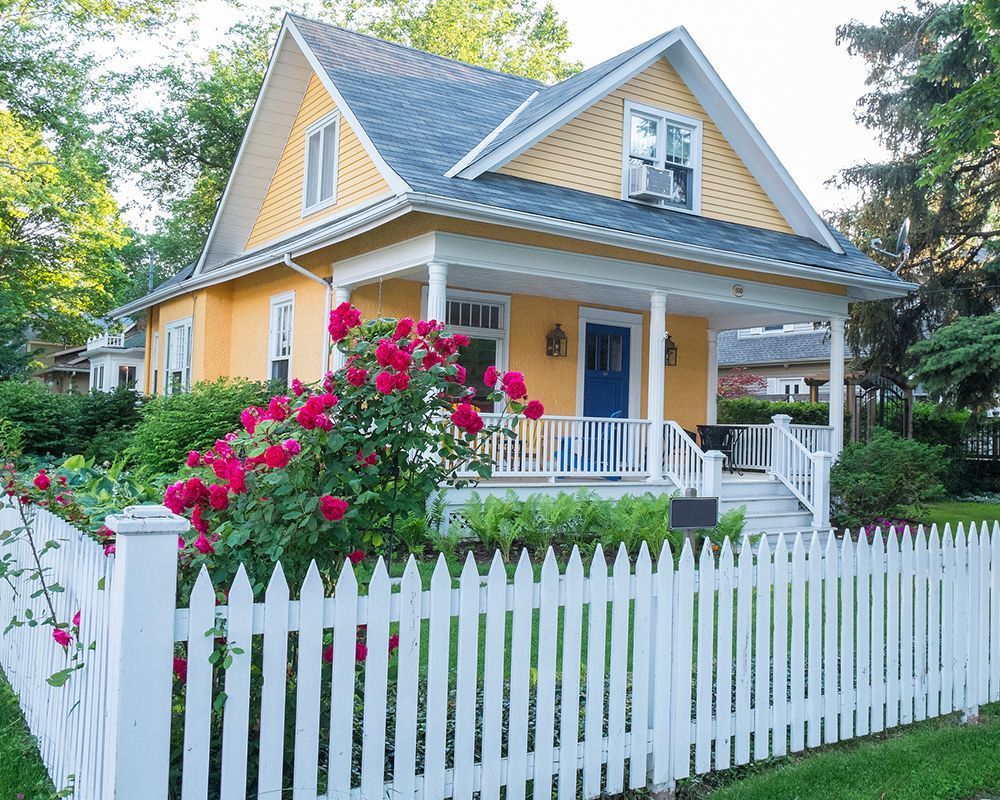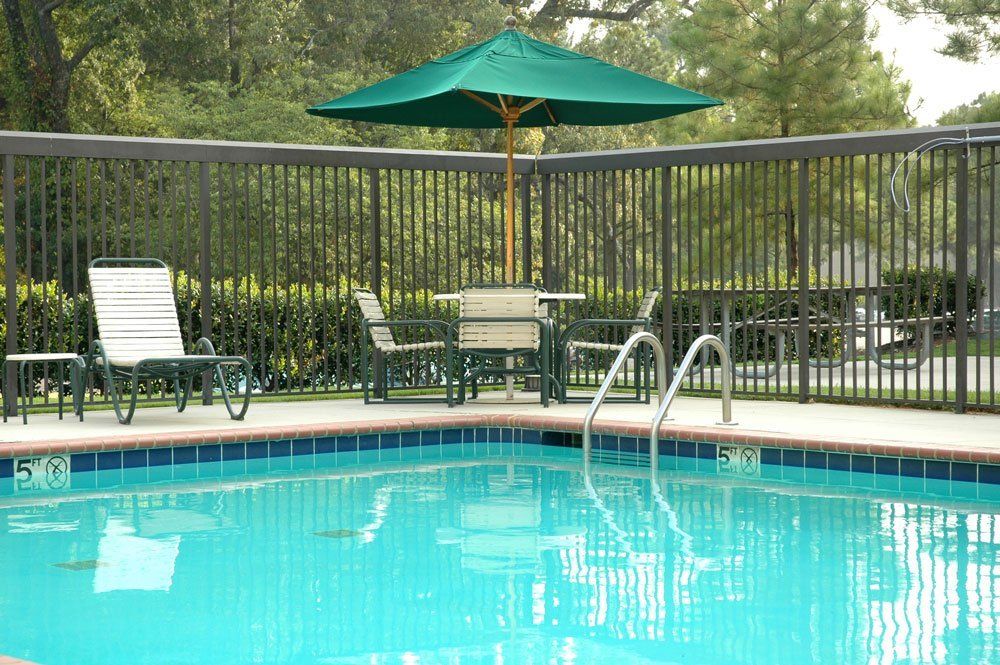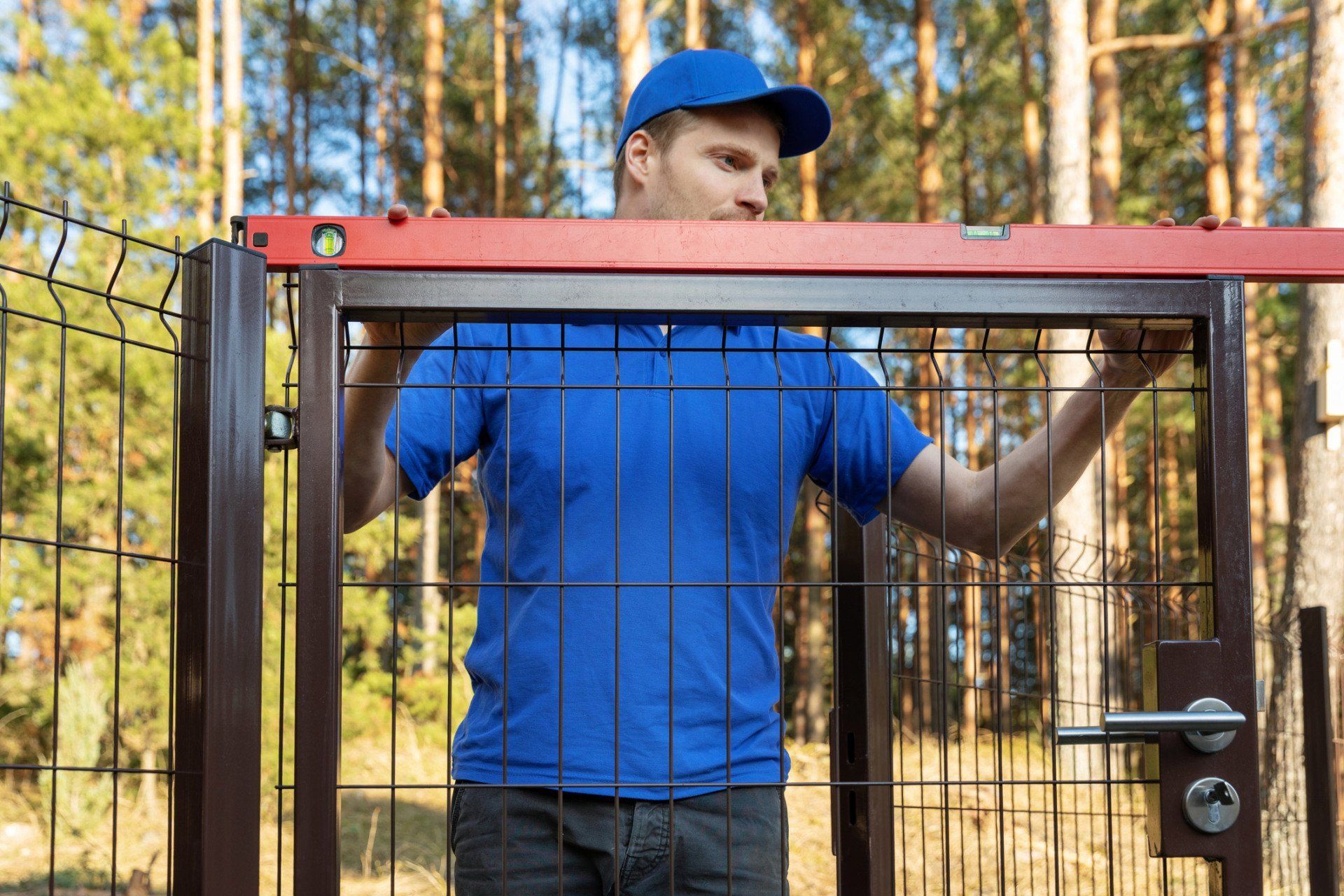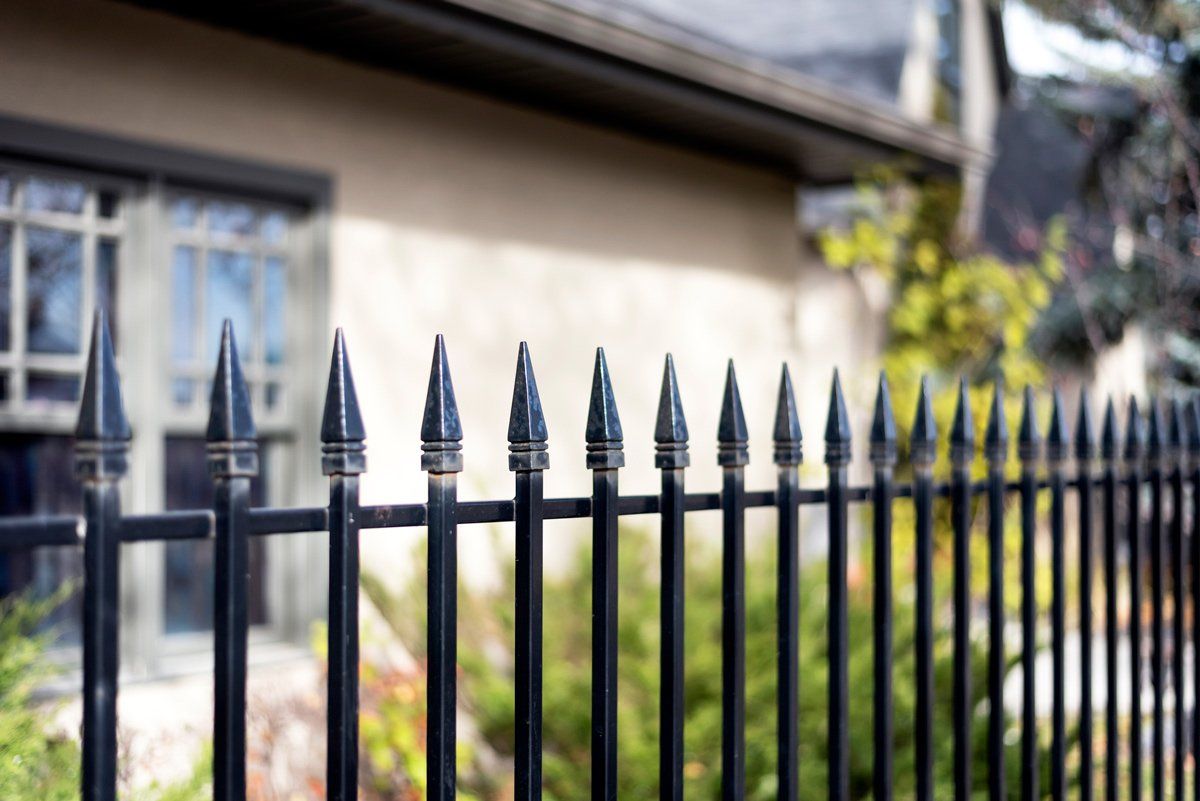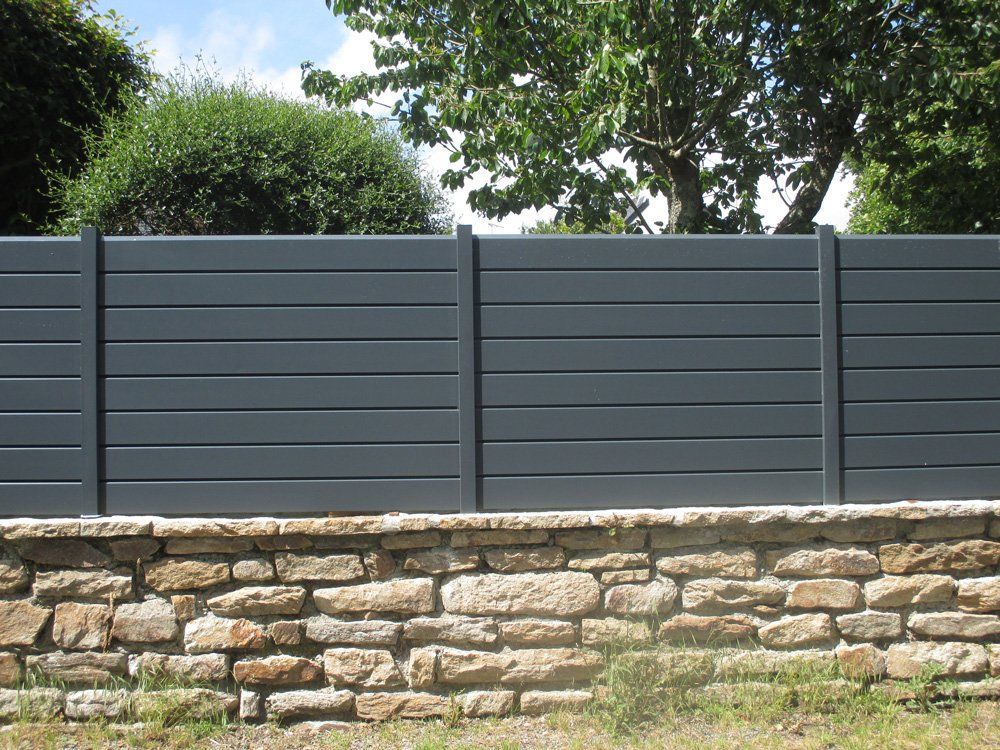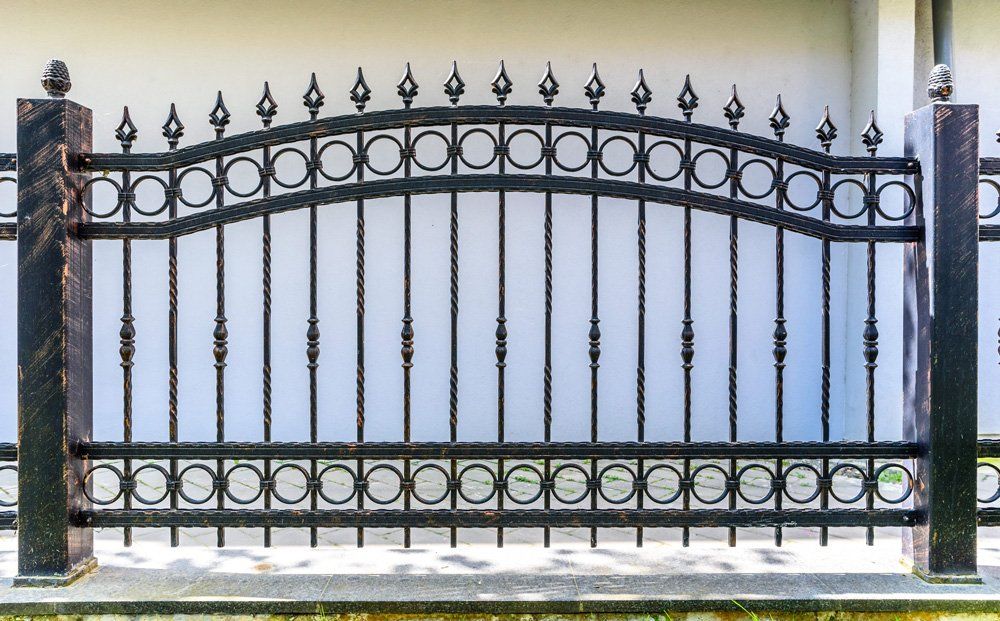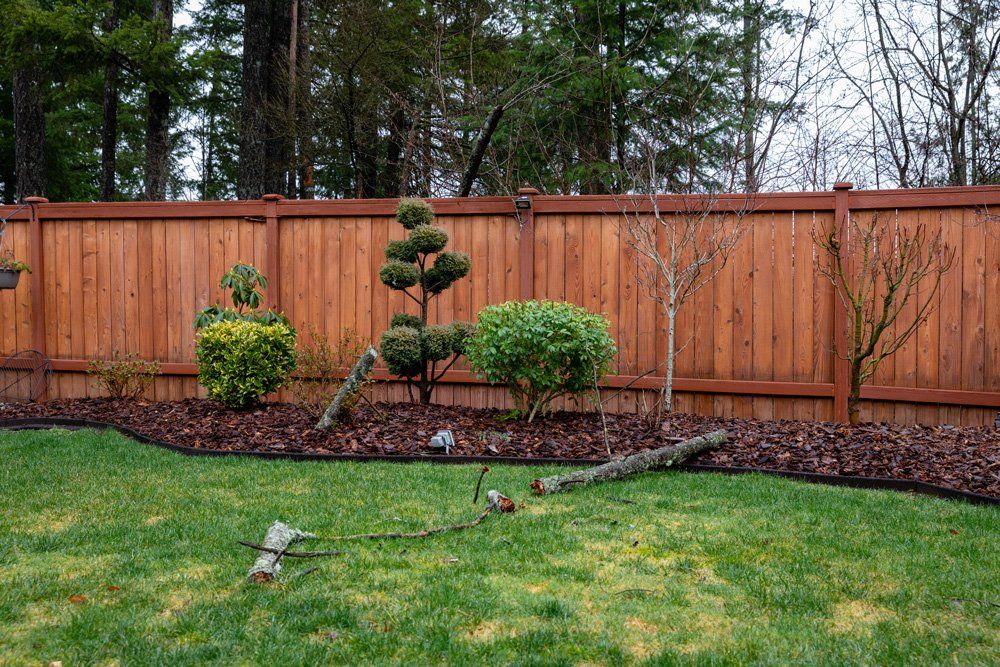Wood fences have a natural look that makes them stand out from metal fences, but they tend to require more maintenance than metal ones. If you're having a wood fence installed, here are some tips on how to care for it so it will last for many years to come.
Seal or Paint Your Wood Fence
First, you should seal or paint your wood fence whenever its current coating wears off or begins to deteriorate. Applying a coat of sealant or paint will protect the wood posts, boards and slats from water damage, as water will bead up on the sealant or paint and drip down off the fence.
Stains provide some protection but are not as effective as sealants or paints at repelling water. If you're staining your fence, first apply a clear sealant that will provide water protection and then put the stain on for coloring.
How often your fence should be resealed or repainted will depend on where your home is and how exposed to the elements the fence is. These barriers tend to wear down faster in moist climates than in dry ones. That’s why paint and sealants need to be reapplied more frequently in wet climates.
Ask your fencing contractor how frequently they think the fence will need resealing or repainting. No one will know fences in your area better than your local fencing contractor. You can also watch to see whether water beads up on the fence. If it doesn't, the barrier is deteriorating and water is seeping into the wood. In that case, reapply sealant or paint as soon as possible.
Avoid Watering Your Fence
When watering your lawn, set up your sprinkler so that it doesn't spray onto your fence.
Watering your fence won't make it grow, and it might actually damage your fence over time. If there are any places where the sealant or paint has worn down, water can seep into the wood and increase its moisture content. Over time, this can cause warping and increase the risk of rot.
Additionally, watering your fence is an irresponsible use of natural resources and increases your water bill unnecessarily. Set up sprinklers so they only water your garden and grass. That way, you won't be damaging your fence or wasting resources.
If you have a garden or patch of lawn near a fence that absolutely must be watered, a sprinkler hose may work better in this area than an actual sprinkler. A sprinkler hose gives you more precise control over where water is sprayed, as you can lay it out in whatever position you need to.
Keep Plants Off Your Fence
Keeping plants off your fence will further reduce how much moisture collects on the fence. If shrubs or vines are in direct contact with your fence, their leaves will collect moisture that can then move onto the fence. Just like with sprinklers, this extra water can damage the wood in your fence if the fence's sealant or paint deteriorates.
To stop plants from causing water to collect on your fence, keep a gap between all plants and your wood fencing. Even a gap of a couple inches is sufficient to stop the transfer or water from a plant to your fence. As an added bonus, insects like ants won't be able to climb onto your fence directly from plants either.
Repair Damaged Sections
Should a portion of your fence be damaged, repair it promptly. Damaged sections weaken the overall strength of a fence and they can place undue stress on other portions of the fence. Repairing them will help prevent other parts of your fence from being damaged.
If you're interested in having a wood fence installed on a property in Indianapolis, contact us at Duke Fence Co., Inc. Or, if you would like to update your fencing, Duke Fence Co., Inc. also provides chain-link and vinyl fencing solutions.

